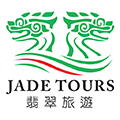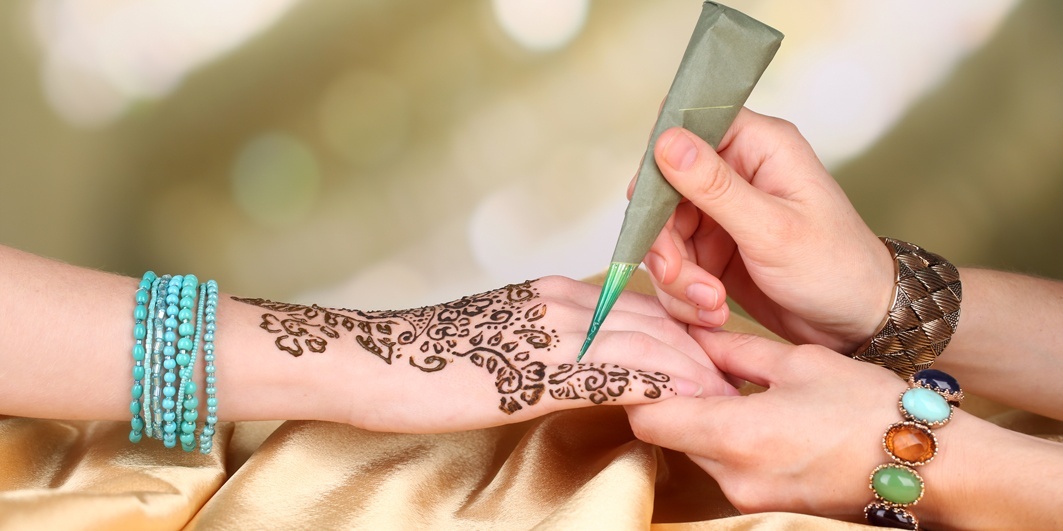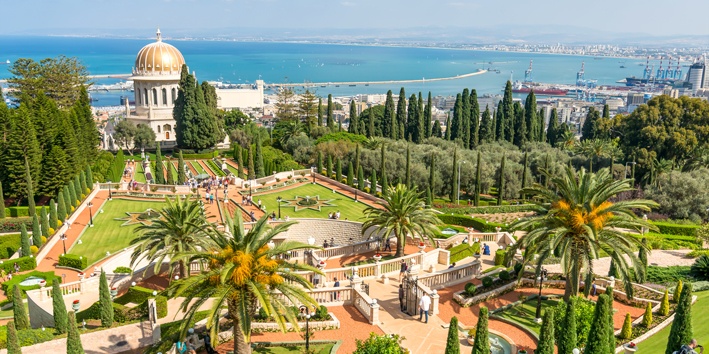Project Description
Israel/Oman/United Arab Emirates: Canadians traveling on regular passports do not require a visa to enter Israel/Oman/United Arab Emirates. (Traveller is advised to contact the embassy to check visa requirements.)
Israel: Mediterranean, with a pleasant spring and autumn. Winters in the north can be cool. Occasional light rain in winter is possible, particularly in Jerusalem, though recent years have seen insufficient rain. Snow is rare. Summers can be very hot, especially in the south. The Red Sea resort of Eilat has a good climate for beach holidays all year round. Average Temperature in Jerusalem 6-11C, Tel Aviv 9-18C, Haifa & Tiberias 8-18C, Eilat & Dead Sea 10-21C
Oman: From May to August it is very hot and humid in all parts of the country except Dhofar. The climate is best from late September to early April. Rainfall varies according to the region. During the period June to September there is light rain in the Dhofar region with heavy fog across the hills.
United Arab Emirates: Average daily high temperatures drop to the more comfortable 22-30°C range the rest of the year, with December and January the most comfortable months, though it can be very windy in Abu Dhabi, Dubai and Sharjah and very cold in the desert areas around Al-Ain. Rainfall is non-existent between May and October, and negligible for much of the rest of the year.
Israel: Lightweight clothes for warmer months are required. Medium weights are recommended for winters, although on the Red Sea coast they are unlikely to be necessary during the day.
Oman: Lightweight cottons are advisable throughout the year, with a warm wrap for cooler winter evenings, mountain excursions and overworked air-conditioning in shops and restaurants.
United Arab Emirates: Lightweights, with medium weights from November to March; warmer clothes for evening
Israel: Israeli Shekel (ILS)
Oman: Omani Rial (OMR)
United Arab Emirates: UAE Dirham (AED, also written as Dhs)
Israel: Hebrew and Arabic are the official languages. A large proportion of the population speak good English as it is a compulsory school subject.
Oman: Arabic is the official language. English is widely spoken.
United Arab Emirates: Arabic is the official language.
Israel: Standard time zone: UTC/GMT +2 hours
Daylight saving time: +1 hour
Oman: UTC/GMT +4 hours
United Arab Emirates: UTC/GMT +4 hours
Israel/Oman: Water used for drinking, brushing teeth or making ice should have first been boiled or otherwise sterilised.
United Arab Emirates: Bottled water is recommended.
Israel: 220 volts, 50Hz; European-style two-pin and round three-pin plugs are used.
Oman: 240 Volts (Two round pins and Two parallel flat pins with ground pin)
United Arab Emirates: 220 V (3pin plug)
Israel: 972
Oman: 968
United Arab Emirates: 971
The above information for reference only, for details please contact the tourist board.
Source: World Travel Guide
TOP EXPERIENCE IN MIDDLE EAST:
1. Burj Al Arab

2. Fort of Nizwa

3. Nakhal Fort

4. Temple Mount

5. Dead Sea



